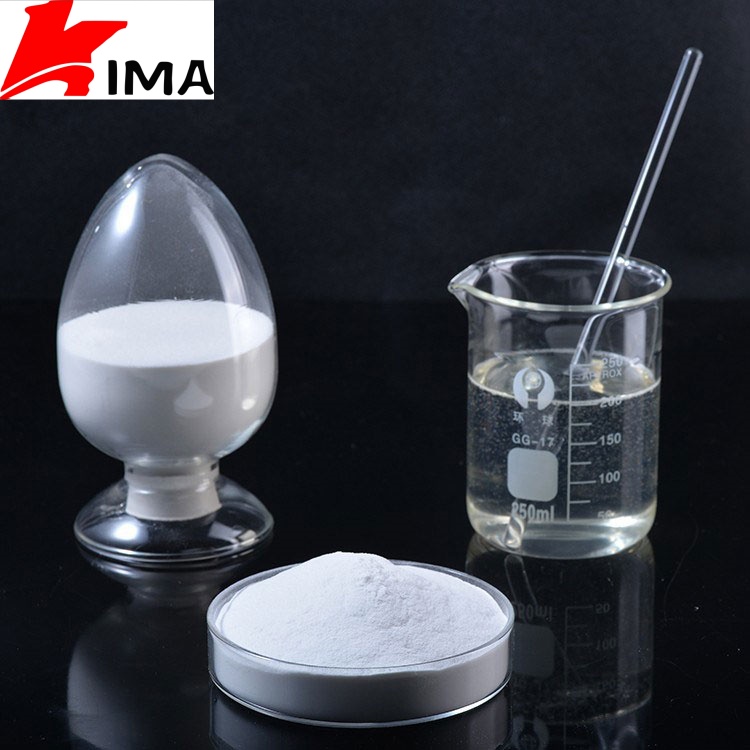Hydroxypropyl methylcellulose (HPMC) E5
Hydroxypropyl Methylcellulose (HPMC) E5 is a specific grade of cellulose ether with unique properties and diverse applications across various industries. In this document, we’ll delve into the specifics of HPMC E5, including its chemical structure, properties, production process, applications, and significance in different sectors.
1. Introduction to HPMC E5
Hydroxypropyl Methylcellulose (HPMC) is a modified cellulose ether derived from natural cellulose. HPMC E5 is a specific grade characterized by its viscosity profile and other key properties. The “E5″ designation typically refers to its viscosity when dissolved in water at a specific concentration and temperature.

2. Chemical Structure and Properties
HPMC E5 is synthesized through the chemical modification of cellulose, where hydroxypropyl and methyl groups are introduced onto the cellulose backbone. This modification results in a polymer with unique properties, including:
- Water solubility: HPMC E5 exhibits excellent water solubility, allowing for easy incorporation into aqueous systems.
- Viscosity: The viscosity of HPMC E5 can be tailored to specific applications by adjusting the degree of substitution and polymerization.
- Film-forming ability: It has the ability to form transparent, flexible films, making it useful in coatings and controlled-release formulations.
- Thermal stability: HPMC E5 demonstrates good thermal stability, retaining its properties over a wide temperature range.
- Chemical compatibility: It is compatible with a wide range of other materials, making it suitable for various formulations.
3. Production Process
The production of HPMC E5 involves several steps, including:
- Raw material preparation: High-quality cellulose is sourced, typically from wood pulp or cotton linters, and subjected to purification processes to remove impurities.
- Chemical modification: The purified cellulose undergoes chemical reactions to introduce hydroxypropyl and methyl groups onto the cellulose backbone. This modification is achieved through etherification reactions using propylene oxide and methyl chloride.
- Purification and drying: The modified cellulose is purified to remove by-products and unreacted reagents. The purified product is then dried to remove residual moisture.
- Quality control: Throughout the production process, quality control measures are implemented to ensure the consistency and purity of the final product. This includes testing for viscosity, moisture content, and other key parameters.
4. Applications of HPMC E5
HPMC E5 finds applications across various industries, including:
- Construction: In construction materials such as mortars, tile adhesives, and gypsum-based products, HPMC E5 serves as a thickener, water retention agent, and binder, improving workability and adhesion.
- Pharmaceuticals: In pharmaceutical formulations, HPMC E5 is used as a binder, disintegrant, and controlled-release agent in tablets, capsules, and ophthalmic solutions.
- Food and beverages: In the food industry, HPMC E5 acts as a thickening agent, stabilizer, and film former in products such as sauces, soups, dairy products, and confectionery.
- Personal care products: HPMC E5 is found in many personal care products, including cosmetics, lotions, and shampoos, where it serves as a thickener, emulsifier, and film former.
- Paints and coatings: In paints, coatings, and adhesives, HPMC E5 enhances viscosity, film formation, and adhesion, improving the performance and durability of these products.
5. Significance and Market Trends
HPMC E5 plays a significant role in various industries due to its unique properties and versatility. The market for HPMC E5 is driven by factors such as urbanization, infrastructure development, and growing demand for pharmaceuticals and personal care products. As industries continue to innovate and demand for high-performance materials grows, the market for HPMC E5 is expected to expand further.
6. Conclusion
Hydroxypropyl Methylcellulose (HPMC) E5 is a versatile cellulose ether with a wide range of applications across industries. Its unique properties, including water solubility, viscosity control, and film-forming ability, make it indispensable in construction, pharmaceuticals, food, personal care, and other sectors. With ongoing research and development, HPMC E5 is poised to continue contributing to advancements in various industries and meeting the evolving needs of consumers and manufacturers alike.
Post time: Mar-18-2024
